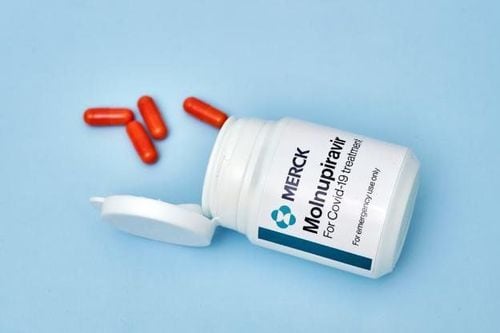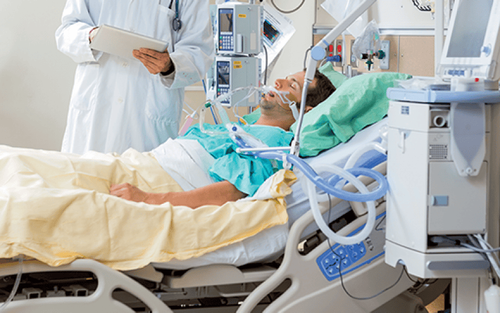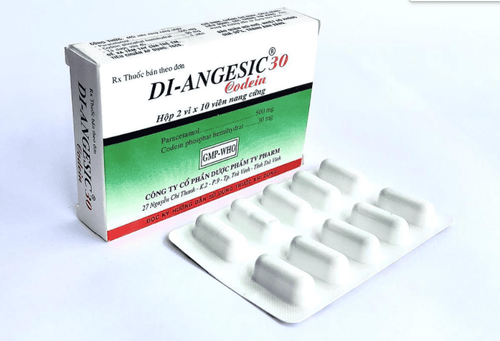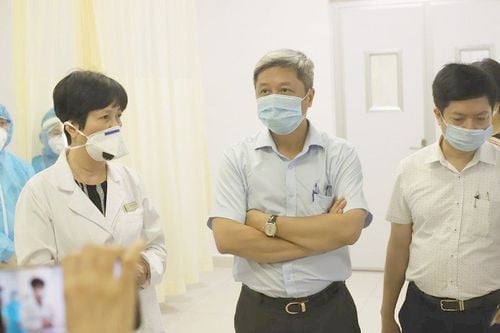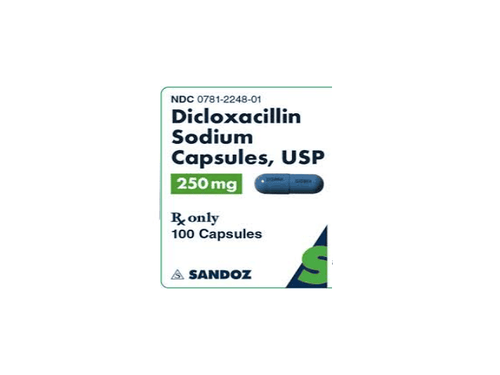This is an automatically translated article.
Ventilators are indispensable equipment in the treatment of severe respiratory infections, including Covid-19. It helps maintain breathing capacity and aids in the treatment of the root cause of the disease.
1. What is a ventilator?
The ventilator has two important functions: Supplying oxygen (O2) to the lungs and removing carbon dioxide (CO2) from the body.
David Hill - a respiratory specialist presented at a conference organized by the American Lung Association: “The ventilator is a useful technological device that has supportive effects. breathing for people who no longer or have poor self-respiration”.
The lungs are connected to blood vessels (arteries, veins), this is how it transports O2 into the blood and CO2 out of the body. Coronavirus causes severe lung damage in critically ill patients, because their lungs become inflamed and fill with fluid. This expression also occurs in other lung infections such as pneumonia.
Ventilators are basically replacing the patient in performing respiratory operations. The most modern types of ventilators today are composed of a pump and a tube that doctors slide into the windpipe to control the patient's breathing.
Ventilators do not cure COVID-19 but have a role in helping the lungs perform respiratory activities during the time when the body is fighting the Corona virus that causes the infection.
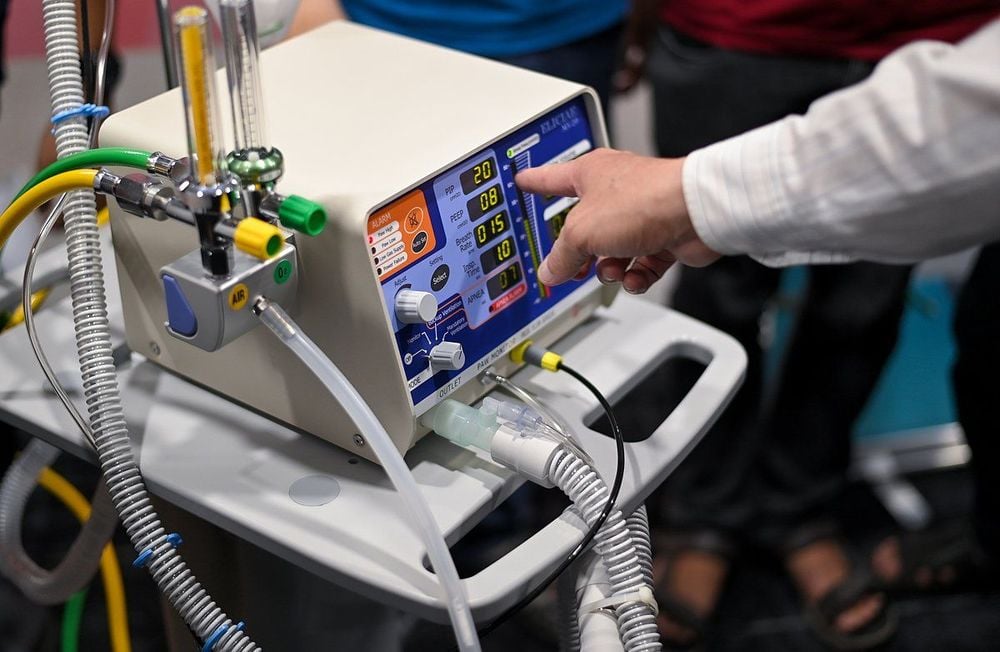
Hình ảnh bác sĩ sử dụng máy thở
2. Under what circumstances is the ventilator created?
In the early 17th century, Robert Hooke, the talented scientist who laid the groundwork in the field of "cytology" was the first to experiment with mechanical ventilation (ventilator). The experiment was conducted by punching a hole in the lung of a live dog, and then using a blowtorch to blow into the dog's lungs. Trials have demonstrated that mechanical ventilation has the ability to replace a working lung when it is damaged.
In the 1920s, two Harvard scholars, Philip Drinker and Louis Agassiz Shaw, created a new form of ventilation to treat polio, a disease that paralyzes the lung muscles. This ventilator is the forerunner of the “iron lung,” a negative-pressure ventilator that covers the entire body, leaving only the head exposed. When the pressure inside the "iron lung" drops, the patient's lungs will expand and air will be drawn in through their airway. Then, the pressure inside the tube increases, pushing air out of the lungs.
Turn to the 1950s, around the time of the polio pandemic in Copenhagen, Denmark. Faced with the increasing demand for ventilators, doctors have turned to cheaper ventilators, actively pumping air directly into and out of the lungs. Ventilators were then widely used in Denmark, reducing the mortality rate from polio from more than 80% to about 40%. Ventilators to this day are still an irreplaceable tool in saving people's lives in dire circumstances.
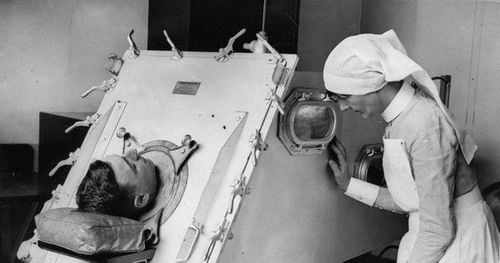
Máy thở áp lực âm
3. What do ventilators support for patients with COVID-19?
While the supply of ventilators is scarce during the epidemic, the governments of countries with a large number of people infected with Covid-19 have turned to medical examination and self-isolation at home. They were instructed to take measures such as resting, staying hydrated, treating symptoms with over-the-counter medications like acetaminophen (Tylenol), and calling a doctor when they needed help. This has demonstrated the importance of ventilators during the epidemic period. The addition of ventilators is extremely necessary in case the Corona epidemic spreads strongly in the community.
Family oxygen ventilators are the force majeure choice in case of a strong outbreak, when the hospital is no longer able to accommodate. These types of ventilators come in a variety of sizes, forms and are easy to use, helping to manage oxygen at different concentrations. Home oxygen ventilators work through a respirator or respirator.
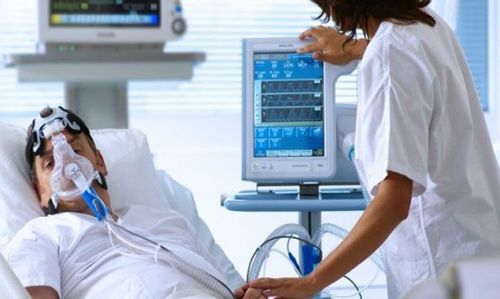
Sử dụng máy thở để hỗ trợ cho bệnh nhân mắc COVID - 19
When home oxygen supplements are not effective, Corona patients are transferred to the hospital with temporary support equipment, which is a non-rebreather mask. The difference between a regenerative mask and a regular mask is that it is attached to a plastic bag filled with high concentration of oxygen. It has a one-way valve, which prevents the patient from inhaling the air they exhale, which has a high CO2 content.
At the hospital, the patient will continue to be monitored and evaluated for the need for mechanical ventilation. In cases where mechanical ventilation is not required, the patient will be assisted with breathing by a ventilator in a prone position ventilation.
In case of increased infection, the patient needs mechanical ventilation. Signs in patients requiring mechanical ventilation are severe dyspnea, difficulty maintaining oxygen saturation, and increased fatigue due to poor ventilation. First, the patient will be anesthetized (unless unconscious due to limited oxygen to the brain). During mechanical ventilation, the patient will be supplemented with sedation, muscle relaxation and vital signs monitored. At the same time, the patient will be compressed air through the mask ventilation bag before intubation. The endotracheal intubation procedure is performed by specialists, with the help of nurses and technicians. The endotracheal tube is an important device that connects the ventilator to the patient.
The patient should be closely monitored to ensure that the mechanical ventilation process is not affected. That's because when the patient is very awake or coughing, there is a high risk that the endotracheal tube will pop out of the windpipe. This will lead to serious consequences.
Besides monitoring the patient, adjusting the parameters on the ventilator is equally important. The degree of refinement depends on lung function and the reason the patient is intubated. The cause of mechanical ventilation in patients with Covid-19 is inflammation of the lungs, so that oxygen cannot reach the small air sacs (alveoli). Other settings on the ventilator such as flow, speed, pressure, etc. are also continuously adjusted and evaluated to best suit the patient's respiratory condition.
Ventilators will be maintained on patients until lung function is restored, inflammation is significantly reduced. The patient will then be removed from the endotracheal tube. This procedure is also carefully prepared so that the patient is in the correct state of consciousness (not too awake to be able to perform the act of coughing or spraying water, nor too drowsy to ensure breathing on his own).
If you have a need for consultation and examination at the Hospitals of the national health system, please book an appointment on the website for service.
Please dial HOTLINE for more information or register for an appointment HERE. Download MyVinmec app to make appointments faster and to manage your bookings easily.




